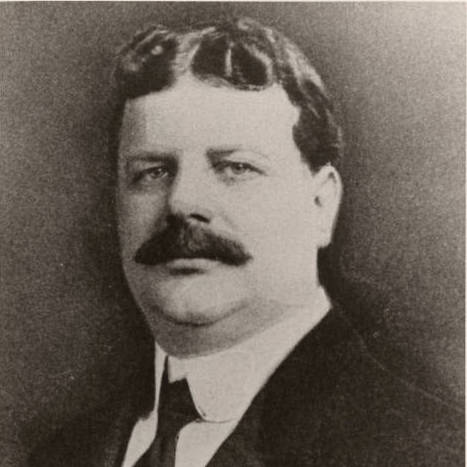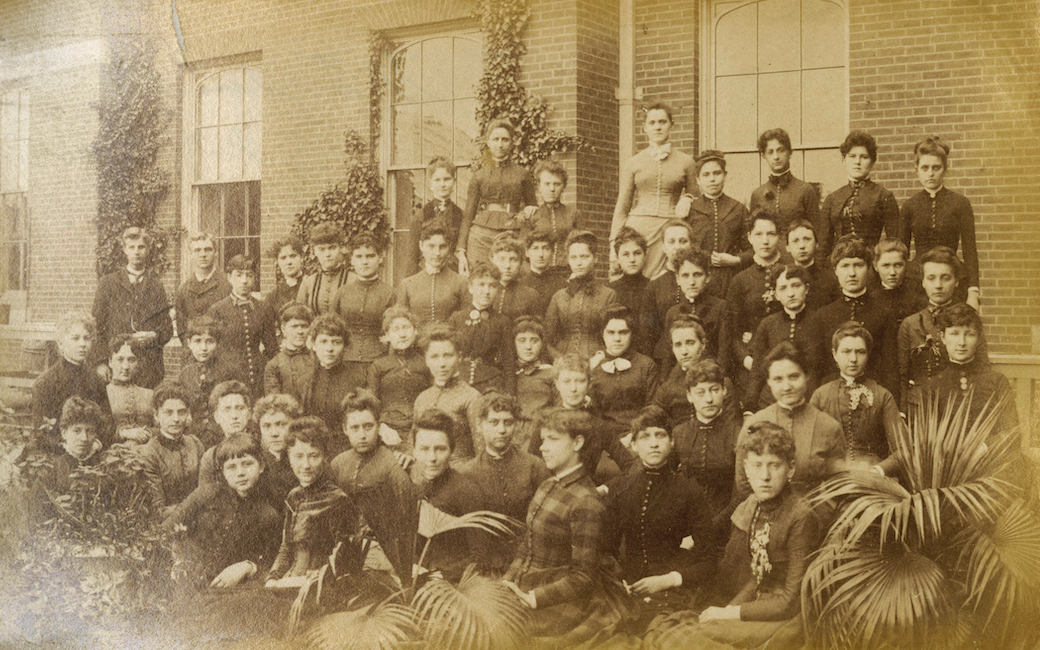Going to battle for the “Star-Spangled Banner”
TU’s Charles Linthicum a key figure in debate to choose national anthem
By Megan Bradshaw on July 2, 2020

This story first appeared on September 11, 2019. As the nation marks the July 4 holiday, we revisit the origins of the national anthem.
Saturday, September 14, marks the 205th anniversary of the birth of the “Star-Spangled Banner,” a poem written by Francis Scott Key in the midst of the Battle of Baltimore during the War of 1812.
Key set the poem to music by John Stafford Smith, but it took Towson University’s Charles Linthicum to help make it the national anthem over 115 years later.
While popular, the song did not immediately reach anthem status. In fact, the United States had no anthem for the first 155 years of its existence.

Linthicum attended what was then Maryland State Normal School, graduating in 1886. After teaching for a few years, he earned his law degree in 1890 and served in the Maryland House of Delegates and the state senate. In 1911, he became a U.S. Congressman and remained in office until his death over 20 years later.
He first introduced a bill to Congress advocating the “Star-Spangled Banner” be made the national anthem in 1918. This became a practice he continued for the start of every session for the next 13 years.
The bill faced a variety of challenges: the song was too militaristic, the lyrics criticizing the British were objectionable after siding with them during World War I, many believed the tune was a drinking song, and some feared the music's nearly two-octave range was too difficult for the average singer.
According to the U.S. House of Representatives archives, Linthicum “submitted a petition that contained more than five million individual signatures, resolutions and letters from 150 organizations and ‘letters and telegrams from 25 governors . . . asking that the bill be enacted into law.’”
Linthicum and his fellow bill sponsor Senator Millard Tydings—another Marylander—were finally successful in 1931. On March 3, President Herbert Hoover signed the bill into law.
To learn more, read the TU Special Collections and University Archives blog post, “The Fight for the Anthem,” by Felicity Knox.
This story is one of several related to President Kim Schatzel’s priorities for Towson University: TU Matters to Maryland.
